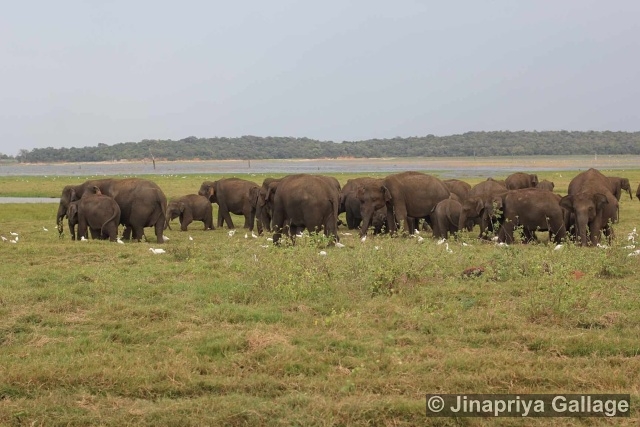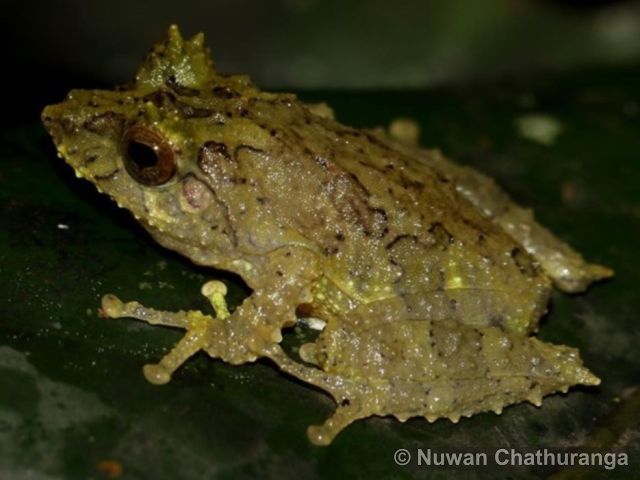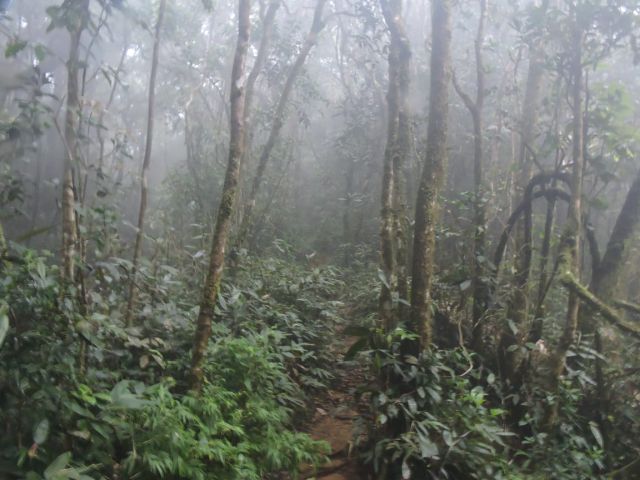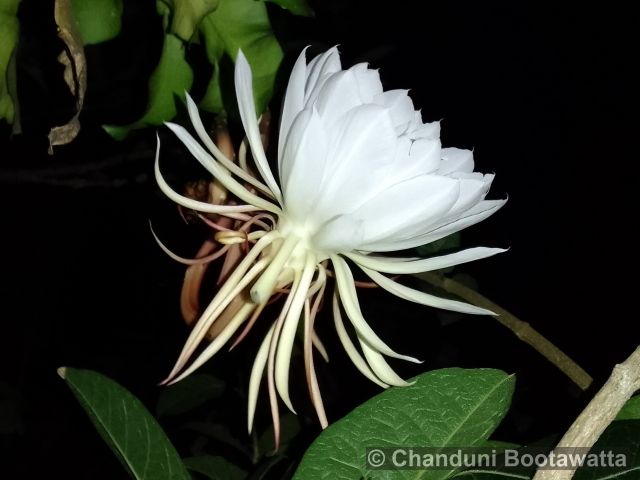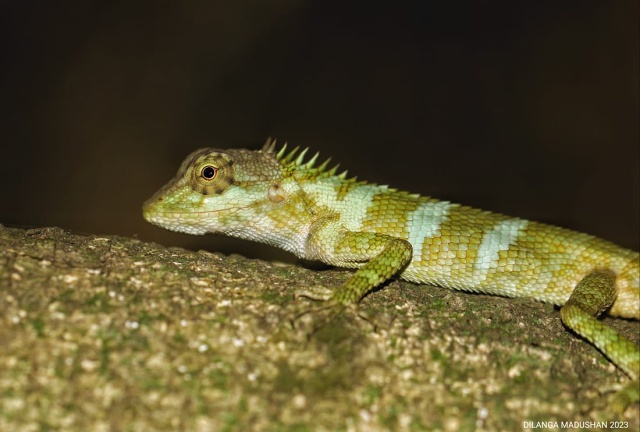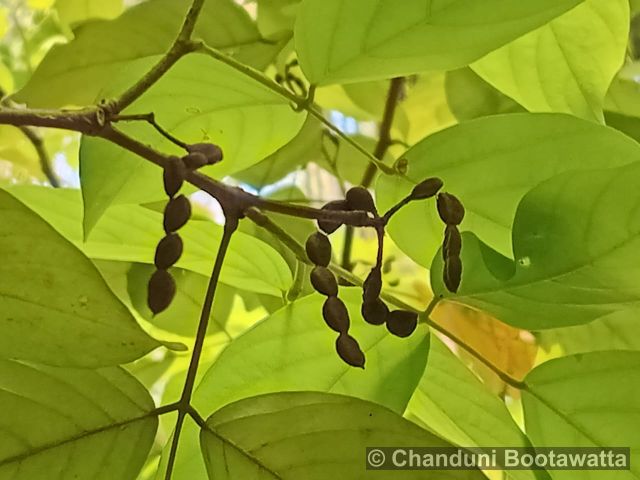Tento příspěvek byl přečten754krát!
YOU CAN FIND THE CZECH VERSION IN THIS LINK
Yala National Park was established in 1938 on the southeast coast of Sri Lanka. The park covers 97,878 ha of land comprising an old secondary forest. Divided into 5 blocks, the park has a protected area of nearly 130,000 hectares of land consisting of light forests, scrubs, grasslands, tanks and lagoons.

Historical and Sociological background
Ironically, the park was initially used as a hunting ground for the elite under British rule. During the colonial period, Henry Engelbrecht was appointed as the first forest range officer in Yala. He was a South African Boer prisoner of War who tended the sanctuary for 21 long years with great devotion. After he gained his freedom, he refused to return to his country because he was mesmerized by the beauty of the landscape. Apart from the glorious spectacle of wildlife, Yala national park provides evidence of a lost civilization.The restored rock Temple, among a series of well-preserved ancient temples offers a glimpse into a glittering past.
Geographical and Climatic features
Yala is in a hot, semi-arid environment despite its lush greenish look, especially during the monsoon season. Temperature ranges from 26C to about 30C. The North-east monsoon season is when Yala gets most of its rainfall from September to December. The park is generally known for its wet monsoon and dry monsoon forests and thorn bushes. Ecosystems include freshwater and marine wetlands, mangroves, and marine ecosystems such as coral reefs.
Ecological Features
Yala is filled with stunning wildlife, including majestic elephants (Elephas maximus), elusive leopards (Panthera pardus kotiya), and a variety of other fascinating animals, making it a must-visit for nature enthusiasts.
There are approximately 215 bird species resident in the park, including seven endemics, along with 44 mammals. It’s home to Panthera pardus kotiya, a majestic leopard endemic to Sri Lanka Yala is renowned for having the greatest density of leopards per square kilometre in the world. sambur deer (Rusa unicolor unicolor), jackals (Canis aureus), and langur monkeys (Semnopithecus dussumieri) also play leading roles in the park, as do elusive sloth bears (Melursus ursinus) – small, scrubby looking bears that love to feast on the fruits of the palu tree (Kaukenia hexandra) when in season in May and June. When the sun sets in the west, the elephant herd heads to the lakes. The elephant mother bathes her baby using her trunk, both to spray water over it and to gently scrub it clean. This is one of the common scenarios you will witness in Yala. Tourists will observe a peacock (Pavo cristatus) spreading its colorful feathers in a beautiful dance at sunset, captivating everyone who watches.
There are about 20 lakes and lagoons that provide home for aquatic birds and other animals. From September to March of the year, the migratory birds lodge in the surrounding and nearby sanctuaries .During the migratory periods, forest wagtails (Dendronanthus indicus), flamingoes (Phoenicopterus ruber), black tailed godwits (Limosa limosa), Indian pittas (Pitta brachyura) are found. Spot billed pelican (Pelecanus philippensis), Ceylon Jungle fowl (Gallus lafayetti) , Srilankan spur fowl (Galloperdix bicalcarata), lesser adjutant (Leptoptilos javanicus), pheasant tailed jacana (Hydrophasianus chirurgus), woolly necked stork (Ciconia episcopus), painted stork (Mycteria leucocephala) and several species of herons (Ardea species) and bitterns (Ixobrychus species) can also be seen here.
The flora of Yala Park includes dry or semi-evergreen or thorny forests, wet deciduous forests, mangroves etc. Veera (Drypetes sepiaria ), Lunuwarana (Crateva adansonii subsp. odora) are the predominant plants and Ehela (Cassia fistula), Ranawara (Senna auriculata), Kohomba (Azadirachta indica) and wood apple (Limonia acidissima) plants are also widespread.
Threats and Challenges
Overcrowding at Yala National Park, recognized as the most frequently visited national park in the country.
Author of text: Devindi Budhawaththa.
Author of photos: Chinthaka Atukorala, Alexey Komarov (Wimedia Commons).



 Poslat emailem
Poslat emailem